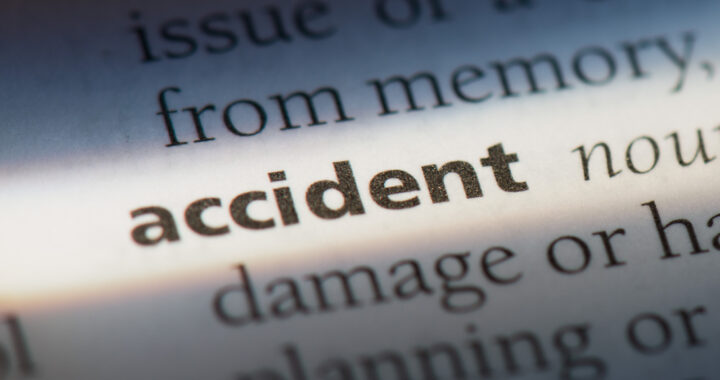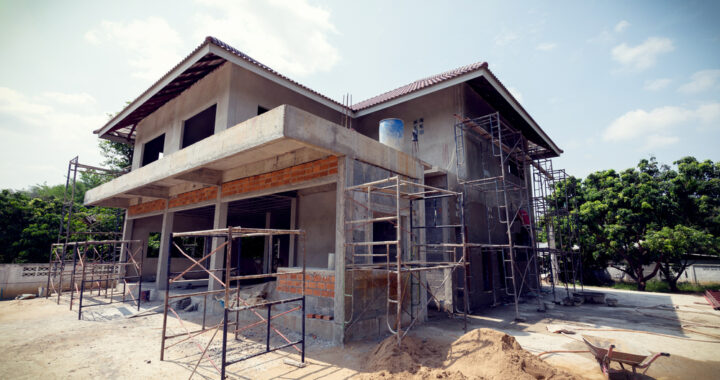Don’t fall in the trap of buying the cheapest insurance policy. It will come and bite you in the butt big time! Consult with an insurance broker that understands construction and, importantly, your specific industry, to provide you coverage within your industry. Otherwise, you’ll be paying for a policy that may (i) not be a good policy, and (ii) may provide you minimal to no value for your industry’s RISKS and NEEDS when factoring in exclusions. When procuring insurance, think of the old adage “penny wise and pound foolish,” and don’t make decisions that fit within this adage!
The recent decision in Nautilus Ins. Co. v. Pinnacle Engineering & Development, Inc., 2024 WL 940527 (S.D. Fla. 2024) serves as an example. Here, a subcontractor was hired by a general contractor to perform underground utility work for a townhome development which consisted of 57 townhome units included in 18 detached structures. The subcontractor’s underground work was defective which caused damage to the property’s water line, sewer system, plumbing lines, pavers, etc. The general contractor was liable to the owner for this defective work. Although the general contractor was an additional insured under the subcontractor’s commercial general liability (CGL) policy, the subcontractor’s CGL carrier denied the duty to defend and initiated an insurance coverage lawsuit. Motions for summary judgment were filed.
The subcontractor’s policy contained an exclusion in an endorsement for residential construction operations that provided that the policy does NOT cover bodily injury or property damage:
[A]rising out of, resulting from, related to, or in any way connected with, either directly or indirectly, your ongoing operations, “your product”, or “your work” performed by or on behalf of any insured, either prior to or during the policy period, that is incorporated into or performed at any of the following construction projects:
a. Any new townhouse or residential condominium project where the total number of individual residential units is greater than twenty-five (25), regardless of the number of buildings, developments, phases or associations;
b. Any new residential housing project (also known as a Planned Unit Development (PUD) or tract housing), where the total number of “residential housing units” is greater than twenty-five (25), regardless of the number of buildings, developments, phases or associations;”
The term “individual residential unit” in subsection (a) was not a defined term. The contractor argued this lack of definition created an ambiguity which should be interpreted in its favor and against the insurer. The court disagreed and entered summary judgment in favor of the insurer. The exclusion in the endorsement applied to BAR coverage. This meant there was no duty to defend and, thus, no duty to indemnify.
I. Evaluation of Insurer’s Duties under Liability Policy
An insurer’s duty to defend arises from the insurance contract and policy. Therefore, “summary judgment is appropriate in declaratory judgmentactions seeking a declaration of coverage when the insurer’s duty, if any, rests solely on the applicability of the insurance policy, the construction andeffect of which is a matter of law.” “An insurer’s duty to indemnify is narrower than its duty to defend and must be determined by analyzing the policycoverages in light of the actual facts in the underlying case.”
“Under Florida law, an insurance policy is treated like a contract, and therefore ordinary contract principles govern the interpretation andconstruction of such a policy.” As with all contracts, the interpretation of an insurance contract — including determining whether an insuranceprovision is ambiguous—is a question of law to be determined by the court.
“Under Florida law, insurance contracts are construed according to their plain meaning.” The “terms of an insurance policy should be taken andunderstood in their ordinary sense and the policy should receive a reasonable, practical and sensible interpretation consistent with the intent of the parties-not a strained, forced or unrealistic construction.” However, if there is more than one reasonable interpretation of an insurance policy, anambiguity exists and it “should be construed against the insurer.”
A coverage clause is generally interpreted as broadly as possible to ensure the greatest amount of insurance coverage. To determine the parties’contractual intent, a court may only consider the language in the insurance policy, unless the policy is ambiguous. “As a general rule, in the absenceof some ambiguity, the intent of the parties to a written contract must be ascertained from the words used in the contract, without resort to extrinsicevidence.”
Nautilus Ins., supra at *6-7 (internal citations omitted).
II. The Exclusion in the Endorsement Barred Coverage – There is No Ambiguity
The “failure to define a term involving coverage does not necessarily render the term ambiguous.” In Florida, when a term is undefined in aninsurance policy, the term is to be “given [its] plain and ordinary meaning.” To find in favor of the insured due to an ambiguity in an insurancecontract, “the policy must actually be ambiguous.” Therefore, the necessary determination is the plain and ordinary meaning of the undefined term“individual residential unit” in the Endorsement Exclusion.
***
However, in Florida, “exclusionary provisions which are…susceptible to more than one meaning must be construed in favor of the insured.’ ” Forcases involving exclusions to insurance contracts, this rule is to be read more clearly in favor of an insured if “ ‘a genuine inconsistency,uncertainty, or ambiguity in meaning remains after resort to the ordinary rules of construction” Therefore, “courts should not strain to findambiguity…if there is no genuine ambiguity, there is no reason to bypass the policy’s plain meaning.” Id. (citations omitted).
***
Consistent with Florida law, providing a “plain meaning analysis” for the term “individual residential units” indicates a thing intended for one person, existing as a distinct entity and indivisible whole (individual), to be used as a residence (residential) which is a part of a whole (unit).
Nautilus Ins., supra at *9, 10 (internal citations omitted).
Based on the plain meaning of “individual residential units,” the exclusion in the endorsement barred coverage:
[T]he Endorsement Exclusion bars coverage and therefore [the CGL insurer] did not breach. Moreover, the work [the subcontractor] conducted wasfor underground utilities for the Project, the work was done for the Project, incorporated into the Project, and at the Property pursuant to itssubcontract with [the general contractor]. Therefore, [the subcontractor’s] work is also barred by the Endorsement Exclusion as § A.1.a. excludes “ ‘property damage’ arising out of, resulting from, related to, or in any way connected with, either directly or indirectly. . . incorporated into orperformed at” what this Court has determined to encompass the Project. The Subcontract establishes that [the subcontractor] contracted with [the general contractor] to perform work at the Property and that it agreed to perform work for the Project. Additionally, the Subcontract establishes [the subcontractor] assumed “entire responsibility and liability…for any and all damage…of any kind…growing out of or resulting from the execution of theWork provided for in this Contract.” Therefore, the record establishes [the subcontractor’s] work was conducted at the Property and performed at andincorporated into the Project and the Endorsement Exclusion applies to [the subcontractor]. [The insurer] has met its burden to show the absence of agenuine issue of material fact and, absent any viable affirmative defenses, [the insurer] is entitled to summary judgment.
Nautilus Ins., supra, at *11.
Please contact David Adelstein at dadelstein@gmail.com or (954) 361-4720 if you have questions or would like more information regarding this article. You can follow David Adelstein on Twitter @DavidAdelstein1.









